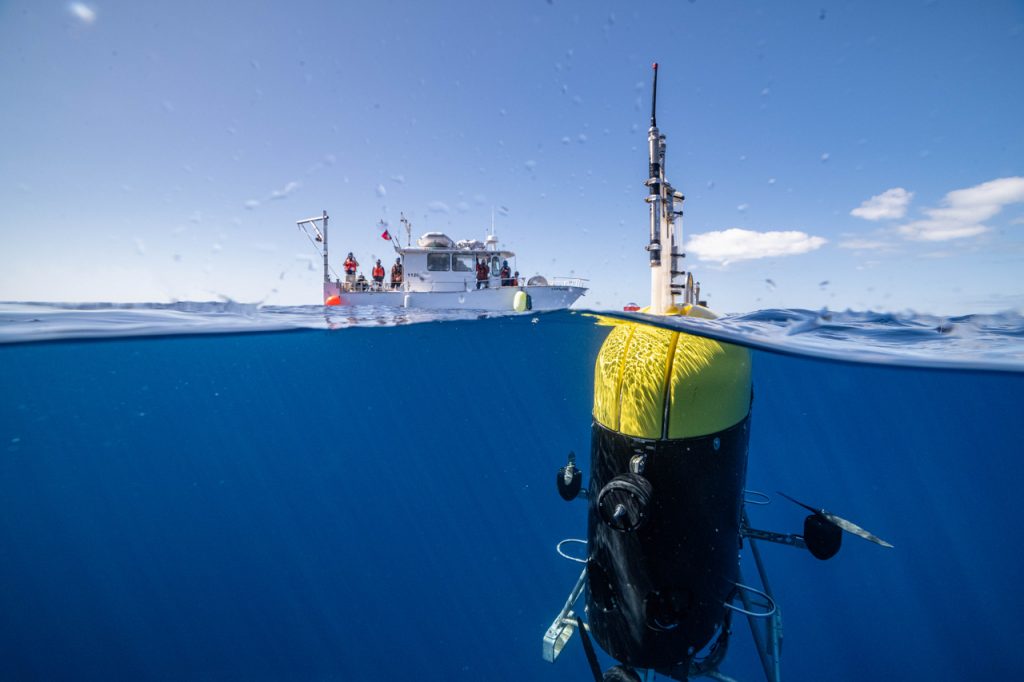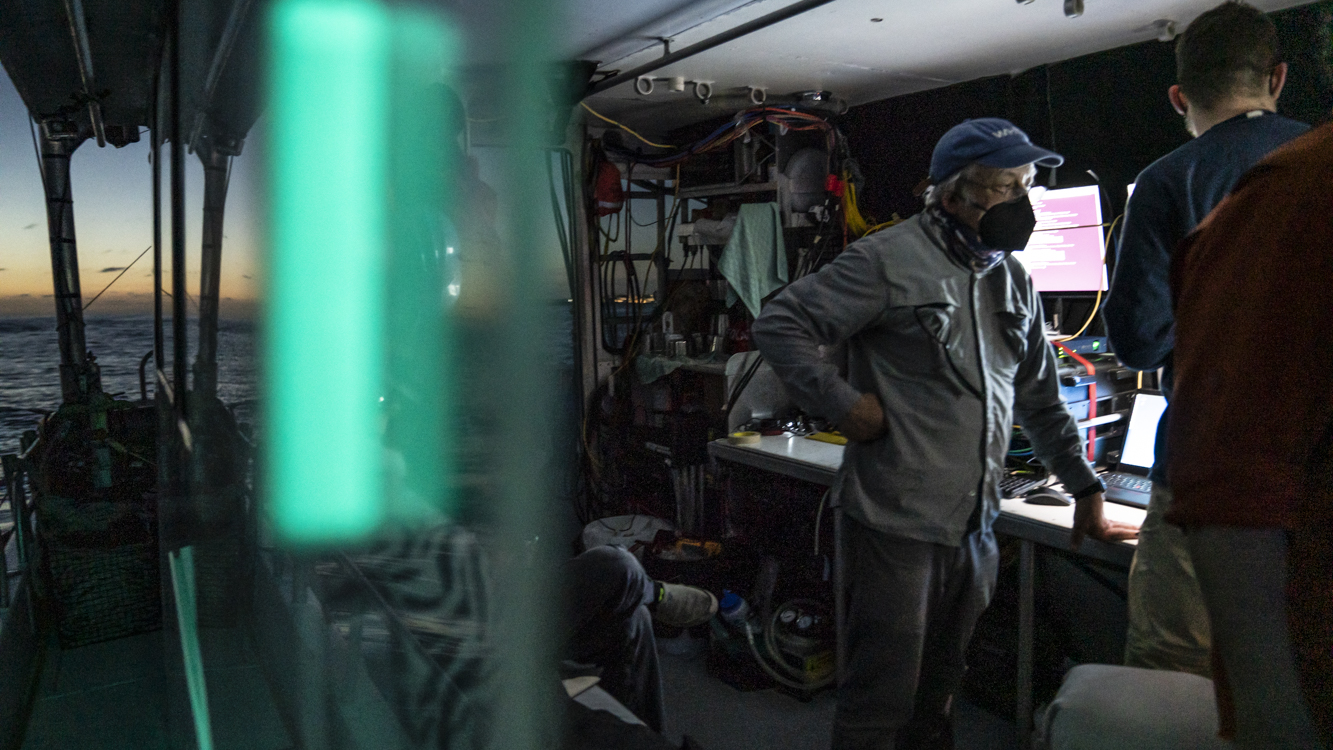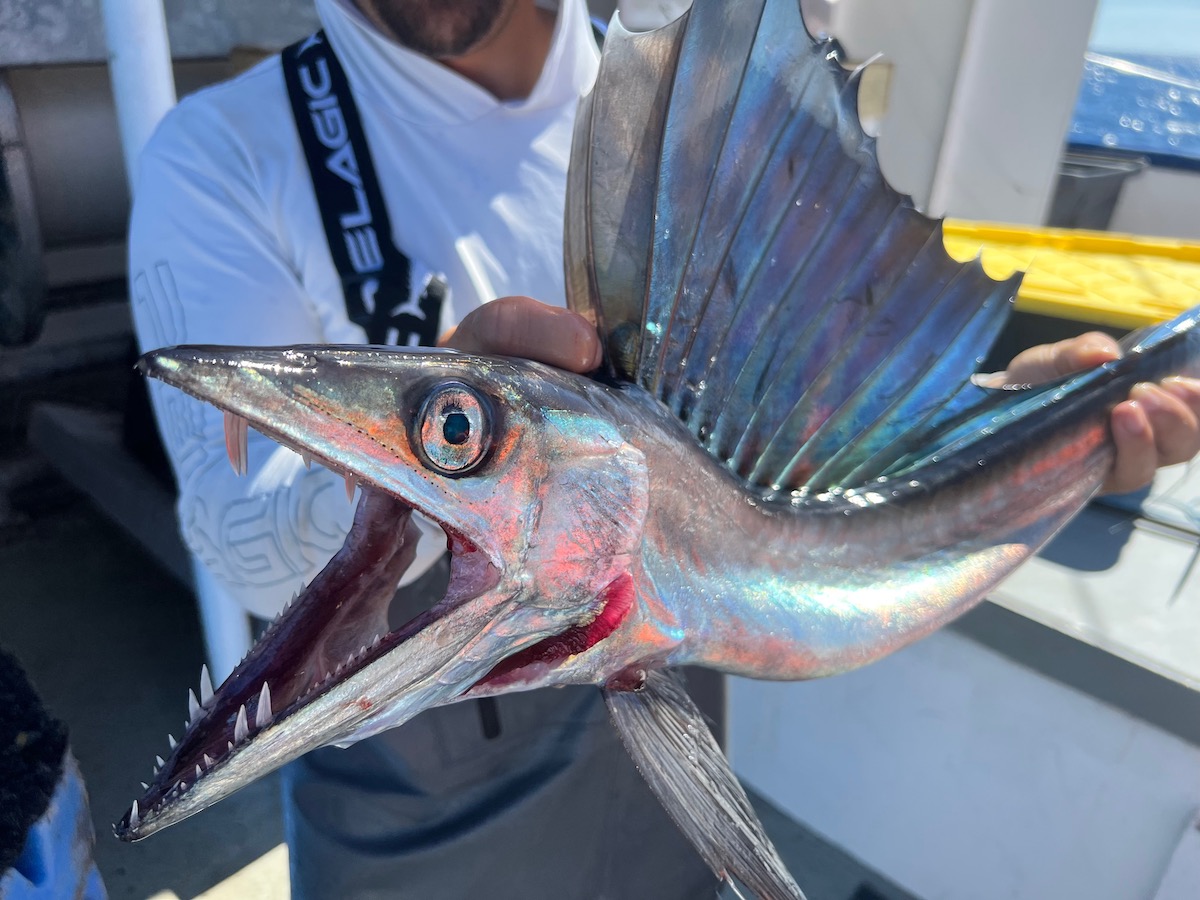Field Notes: Witnessing Twilight March 16, 2021
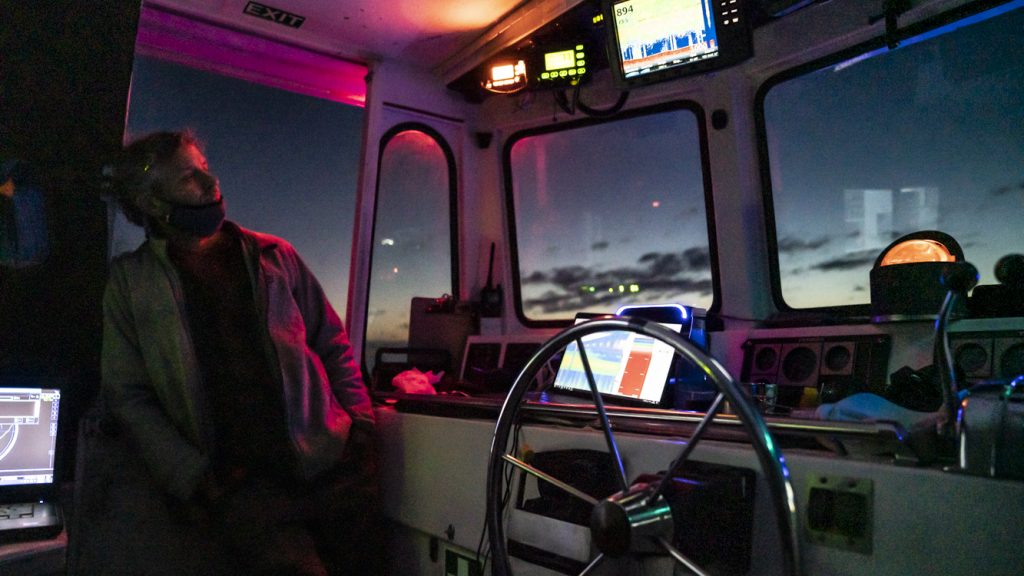
Following the previous day's close encounter with a humppack whale, the OTZ Team decided it was time for Mesobot to catch the evening migration of animals from the twilight zone up to the surface. The plan was to deploy Mesobot in plenty of time for the beginning of the deep scattering layer’s movement. It would dive to about 500 meters and hold its position through sunset, gathering data as the layer of twilight zone life moved past.
“This is one of the themes of this expedition—we’re trying to vet our new technologies, and we’re trying to show their scientific applications,” said WHOI Senior Scientist, Dana Yoerger. If Mesobot followed orders and captured data, the team would do just that.
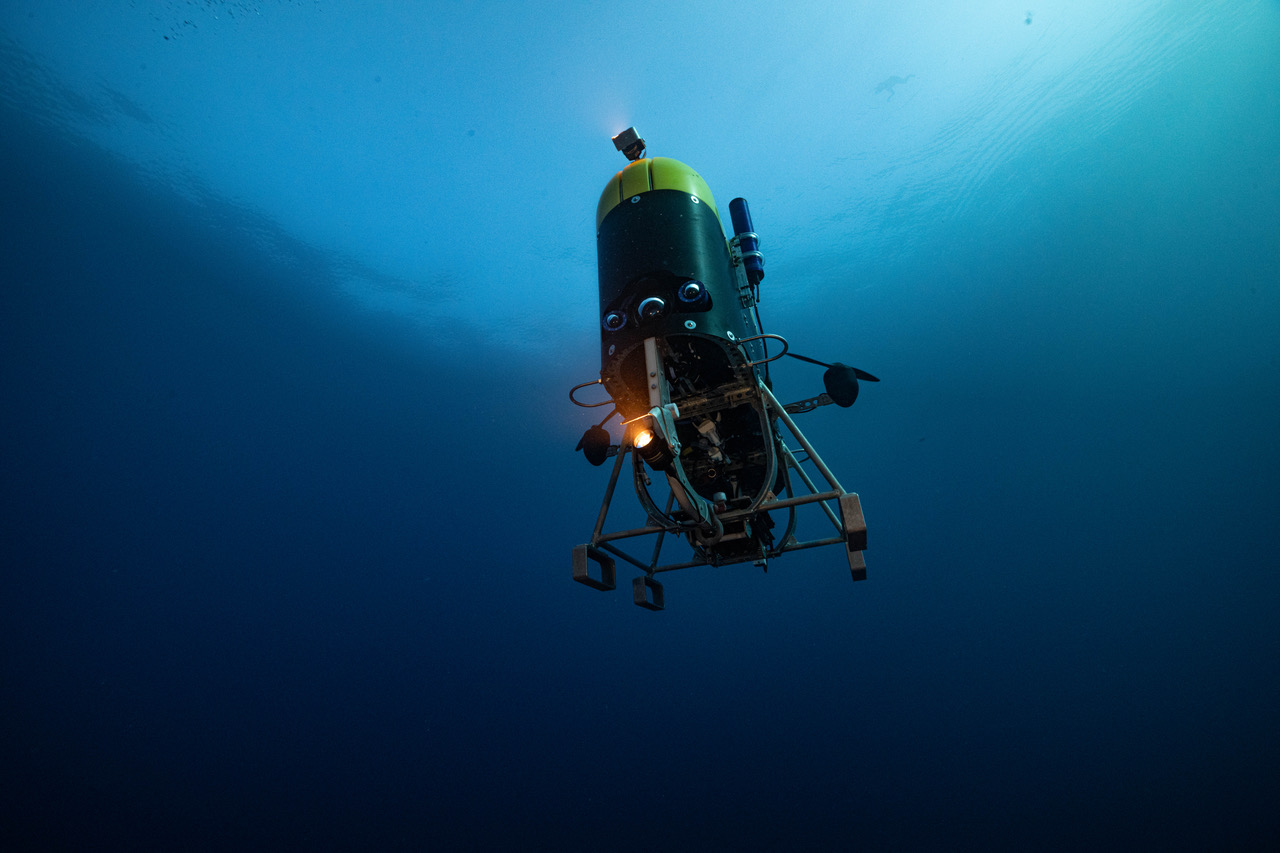
Once deployed, the team watched Mesobot descend to a location just above the layer, and they waited for the Sun to set. Evening hues of orange and yellow soon painted the horizon, and the team's sonars began to detect stirrings in the deep scattering layer.

Sunset is an important cue for twilight zone animals to begin their evening migration to the ocean’s surface. Indeed, as the light started to fade, the sonars revealed Mesobot holding its depth while twilight zone animals migrated past, heading toward the surface.
After 3 hours in the water, Mesobot returned to the surface, right on schedule. “We had a beautiful recovery with all the lights blinking and flashing, and all the beautiful ship maneuvering and deck work,” said Yoerger.
The team headed home after dark to rest up for the next day. The next mission? Track the deep scattering layer as it migrates back to the twilight zone. Stay tuned for more adventures into the depths...
—Jennie Berglund, OTZ Field Correspondent







